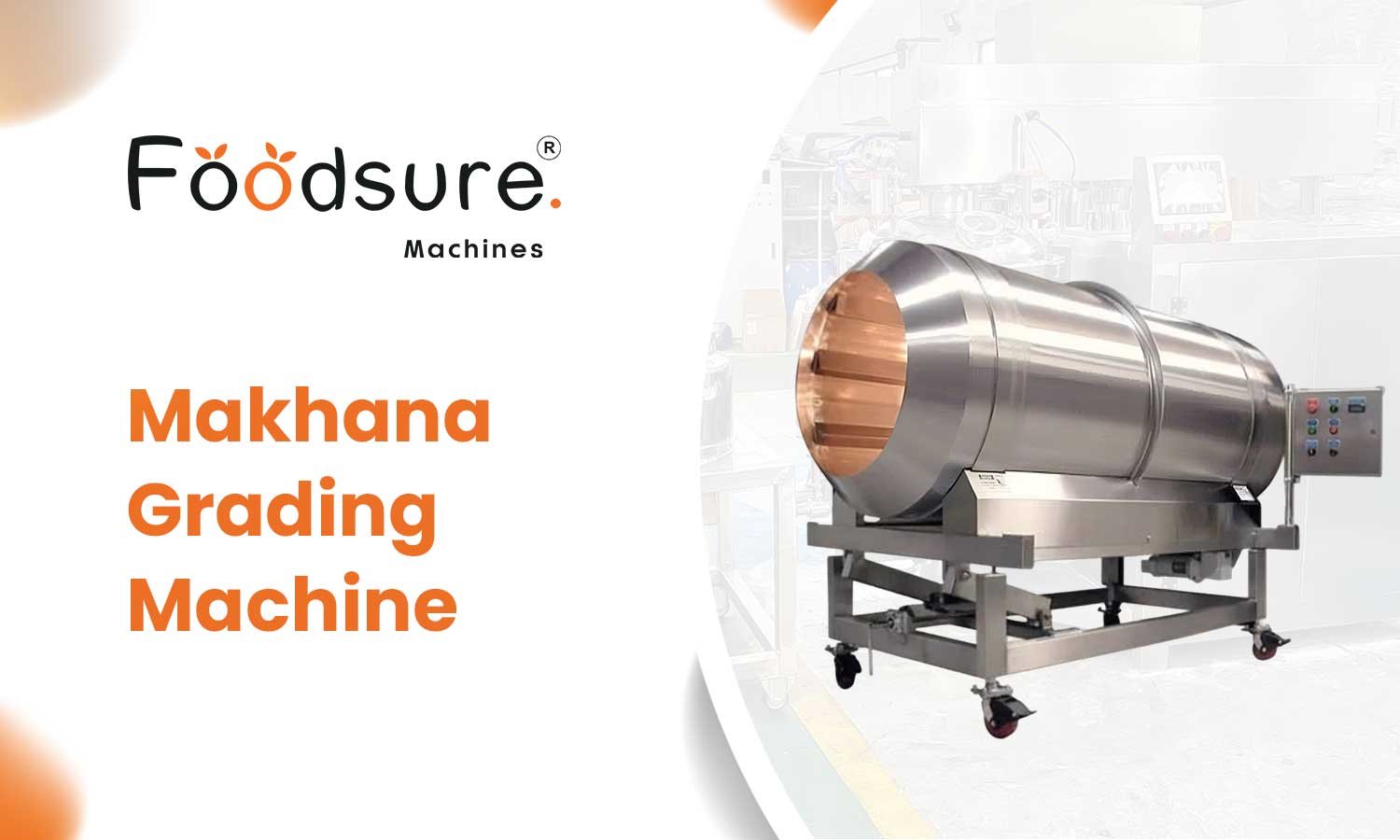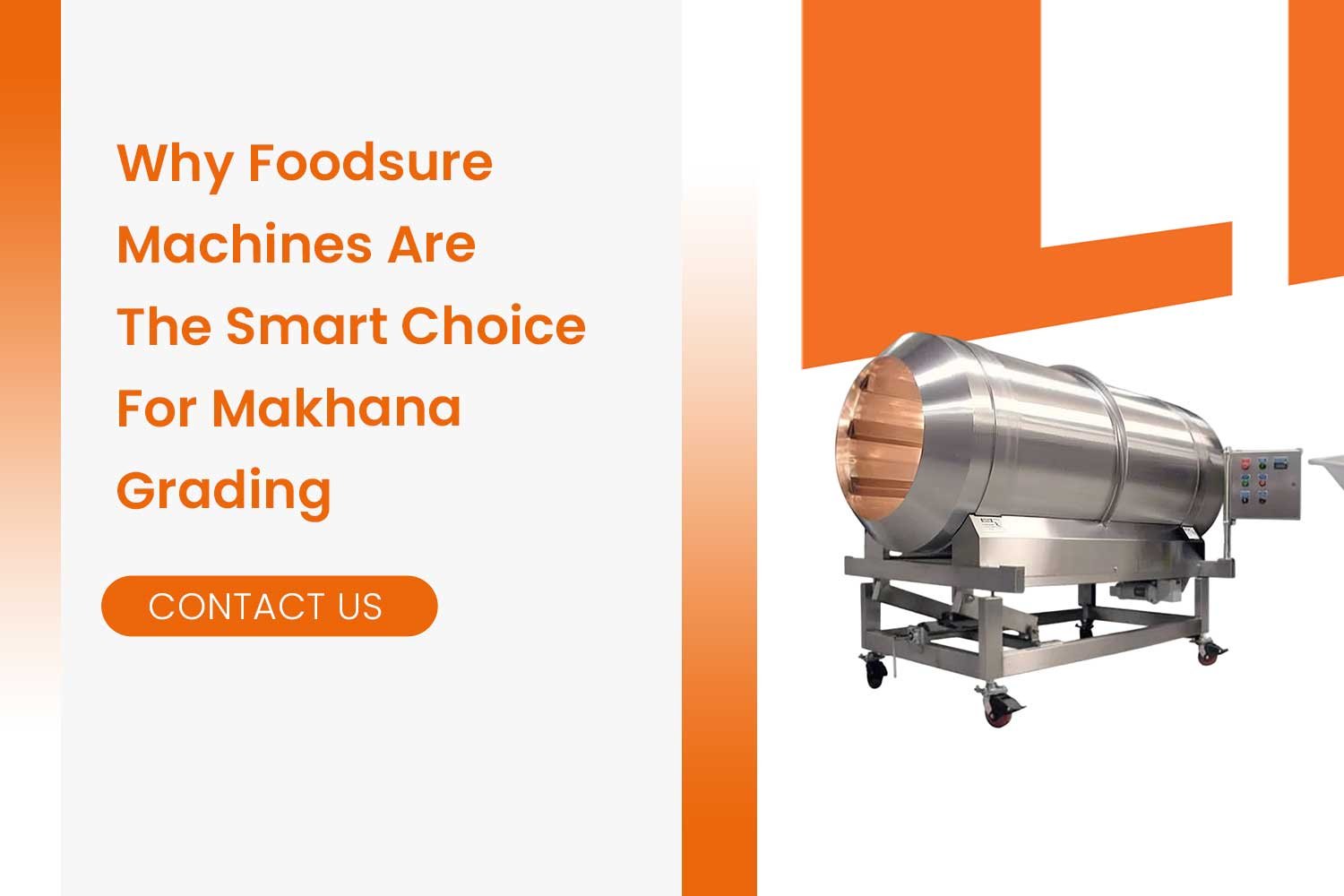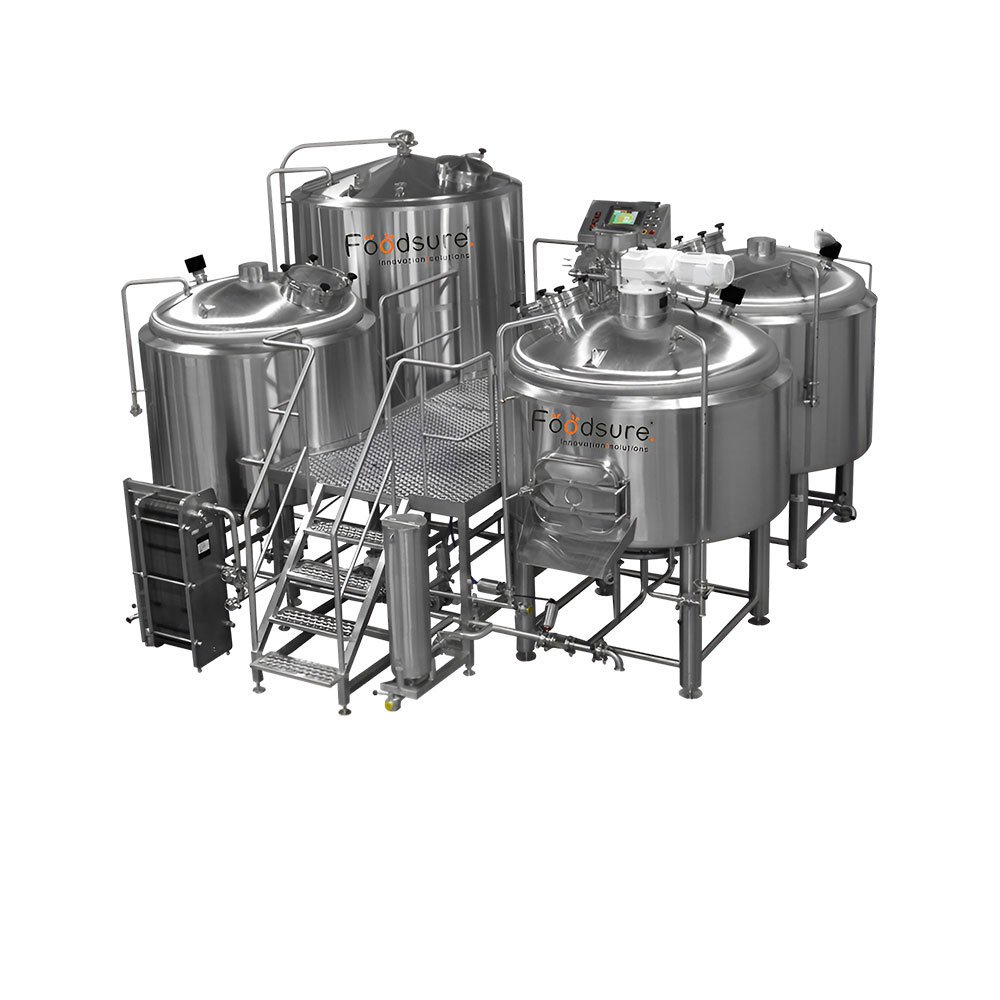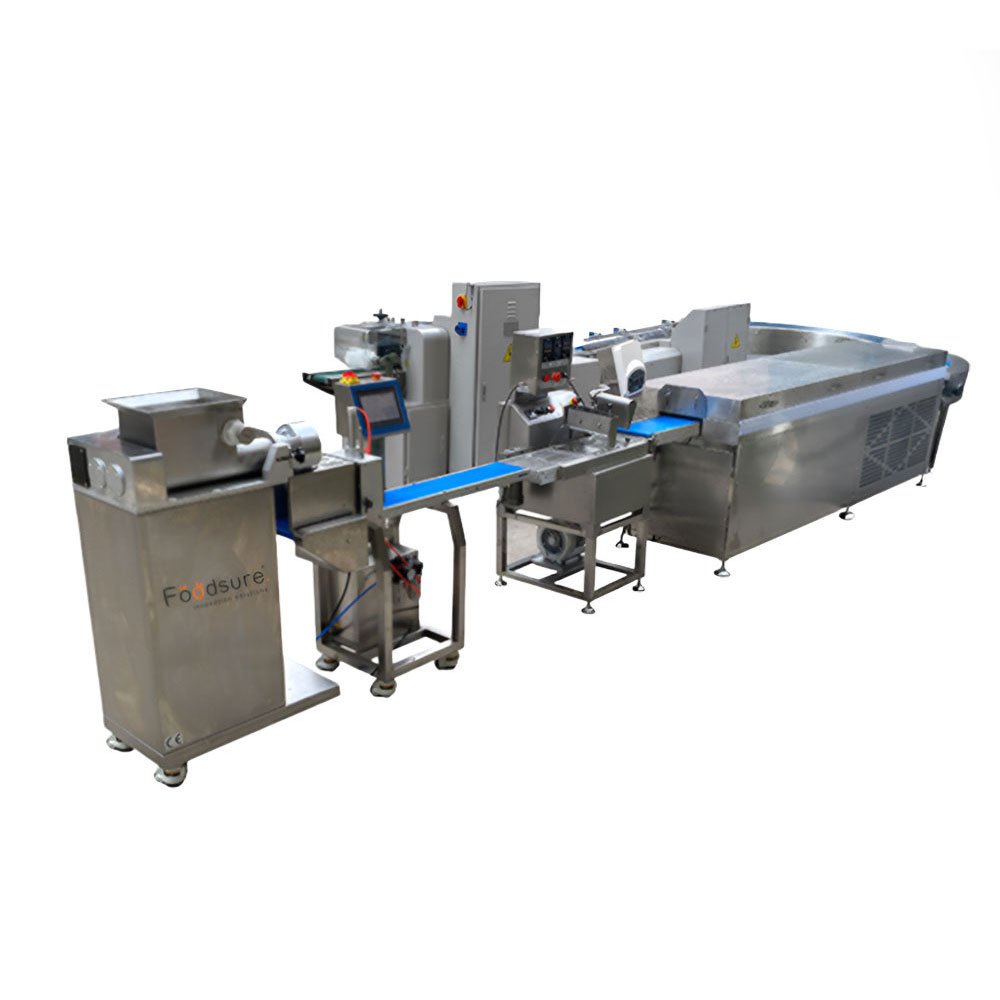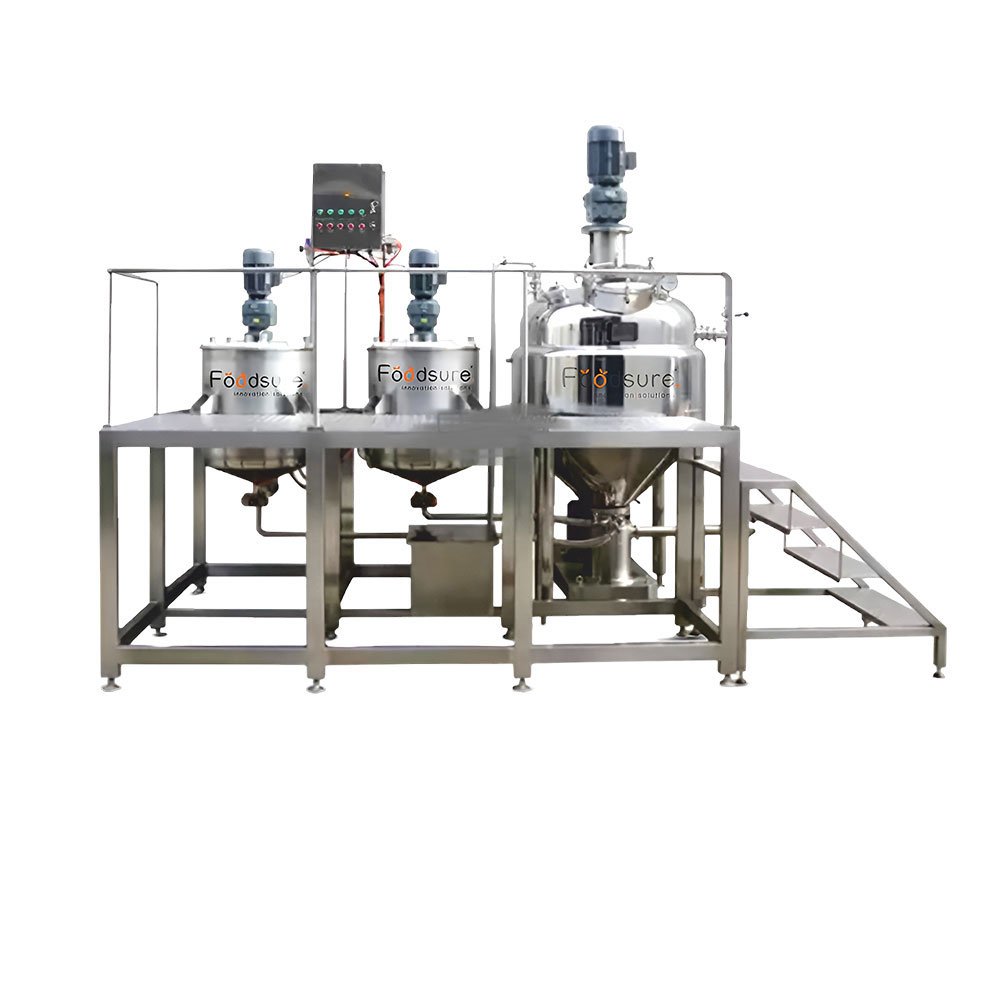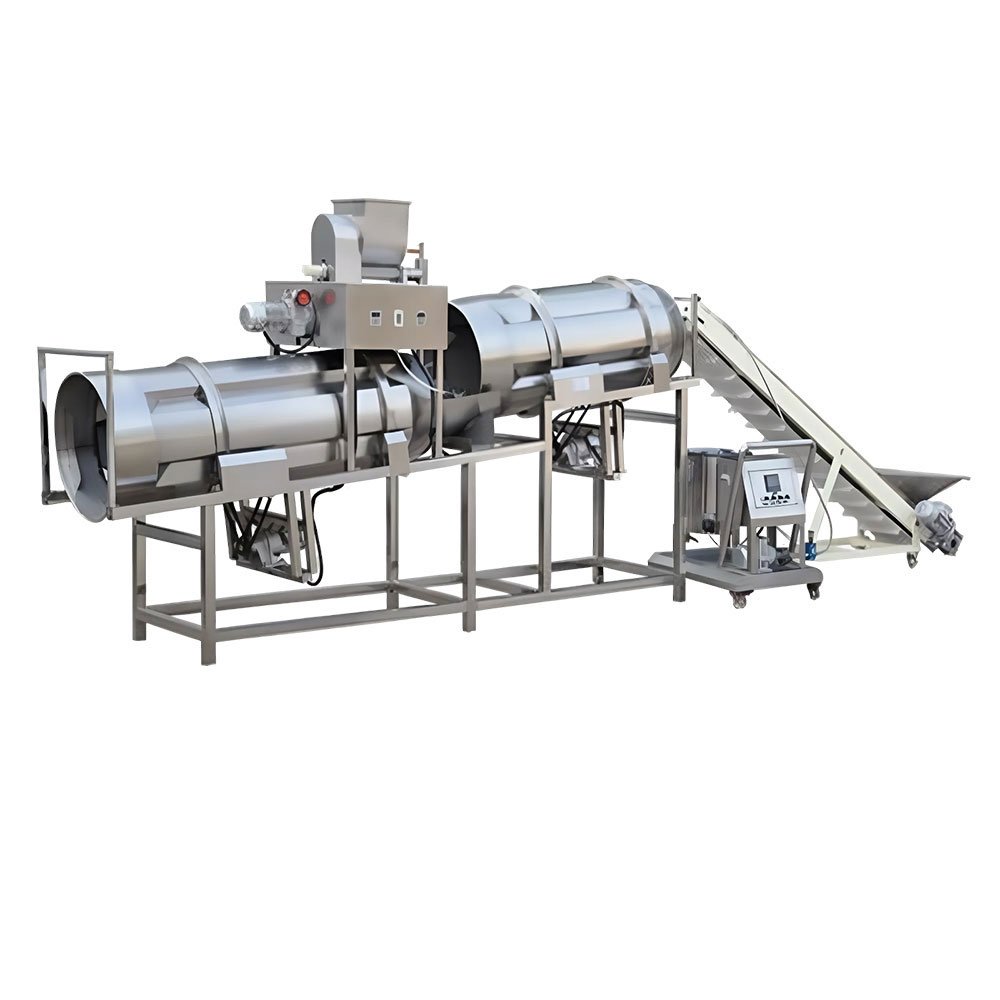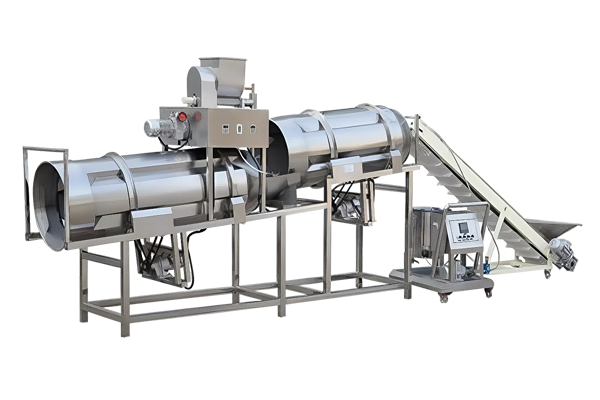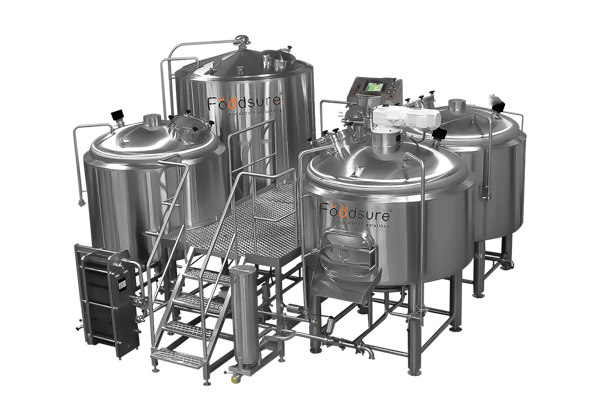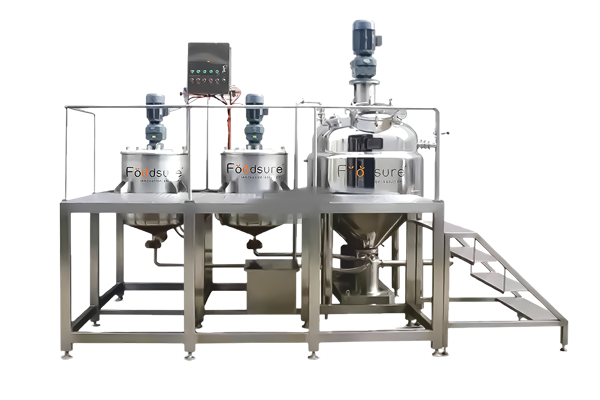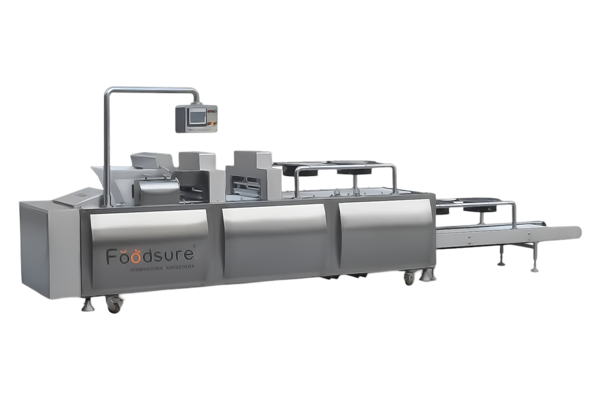Choosing a makhana grading machine manufacturer is just not about appearance; it directly shapes how much you can charge, how clean your packaging looks, and who is willing to buy. A larger, evenly sized makhana doesn’t just roast better, but it also sells better. Premium buyers look for consistency. The best makhana processing equipment gives your product that shelf-ready packaging. Here is the thing: if your makhana mixture is uneven, you are not getting the full value for your product.
This blog helps you through why commercial makhana grader matters, how it affects your pricing, and how to choose the right makhana grading machine, not just any machine, but the right one for your setup. Even if you are just starting or trying to scale, we will help you to show how to get cleaner grades, waste less, and turn a better profit with every batch.
How Uniform Makhana Grading Boosts Quality
Higher Pricing Power
When your makhana grading machine manufacturer gives you a uniformly sized product, then you are not just selling a snack, but you are also selling consistency. These things are noticed by buyers and Exporters. If your makhana size grading machine is properly roasted with different flavors, then it grows your demand in the market. A clean, uniform batch can fetch 20–40% more per kilo compared to a mix of odd sizes.
Meet Market Standards
Retailers and export buyers are not just hoping for consistency, but they also require it. If your batch does not hit the size specification, it might get rejected or sent back. That’s wasted effort, wasted packaging, and a damaged reputation. Best makhana processing equipment helps you meet those standards right out of the machine.
Better Roasting, Less Waste
Here’s the thing: uneven makhana does not roast evenly. Small kernels overcook, large ones stay underdone, and you end up with bitter bits, wasted stock, and a product that nobody wants to re-order. But when the size is consistent, roasting becomes uniform; it is because of the best makhana processing equipment. It improves flavor, shelf life goes up, and customers remember your brand for all the right reasons.
Makhana Grading Machines Types: Find The Right Fit For Your Business
But choosing the right makhana grader type is just step one. What really drives your price, consistency, and profit are the features inside the machine, like adjustable sieves, build quality, and how well it handles seasonal variation. These are the details that separate a commercial makhana grader from one that actually pays for itself. Let’s break down what to focus on before making the investment.
| Grader Type | Capacity | Best For | Pros |
|---|---|---|---|
| Pedal-Operated Drum | ~700–750 kg/hr | Small setups, low power areas | Very affordable, easy repair |
| Vibratory Sieve Grader | 100–2,000+ kg/hr | Medium/large enterprises | High precision, multiple grades |
| Rotary Drum Grader | 100–500 kg/hr | Small/medium processors | Gentle on kernels, simple |
| Air Jet/Gravity Separator | 100–1,000 kg/hr | Exporters, highest quality | Extremely precise |
Adapt Your Grading To Market Needs And Seasonal Changes
The Market Sizes
Let’s break it down. Most buyers expect the makhana size grading machine to fall into standard size grades—Small (9.5–12.7 mm), Medium (12.7–15.8 mm), and Large (above 15.8 mm). These are not just labels; they shape how your product is priced, packed, and positioned. That’s why it’s so important to choose the right makhana grading machine, one that can consistently deliver clean output within these standard size ranges.
Export Requirements
Export buyers are even stricter. Some want size tolerance within just 1–2 mm. That level of precision does not happen by chance, but it takes a grader that delivers consistent, repeatable accuracy. If you can hit that mark, you are not just selling makhana, but you are running industrial makhana grading machines that serious buyers trust.
Adapt to Natural Variation
Here’s the reality: makhana size shifts with every season. Rainfall, soil, and harvest timing all change the size mix. So if your grader can’t adapt, then it’s locked into a fixed setting, and you will end up misgrading or wasting good product. The right Industrial makhana grading machine. Let’s you tweak sieve sizes and separation levels to match the crop.
Key Makhana Grader Features That Boost Price & Profit
| Key Aspect | Why It Matters for Better Pricing | Approximate Price (₹) |
|---|---|---|
| Multiple Sieve Sizes | Produces uniform sizes that command higher prices. | ₹3,00,000 – ₹8,00,000 |
| Grade Separation (Chutes) | Sorts multiple grades at once, improving yield. | ₹5,00,000 – ₹10,00,000 |
| Adjustability | Maintains quality despite batch variations. | Adds ₹50,000 – ₹1,00,000 |
| Capacity & Throughput | Matches production needs to avoid delays. | ₹1,50,000 – ₹10,00,000+ (based on scale) |
| Build Quality (Material) | Ensures hygiene and durability for premium buyers. | ₹3,00,000 – ₹12,00,000 |
| Automation & Integration | Increases consistency and reduces labor costs. | Adds ₹1,00,000 – ₹3,00,000 |
Why Foodsure Machines Are The Smart Choice For Makhana Grading
If consistent grading is what gets you better pricing and serious buyer confidence, then your machine needs to be built for it. That’s where Foodsure Machines comes in.
When you choose the right makhana grading machine, you are not just buying a machine, but you are securing consistency, control, and pricing power. Our makhana size grading machine are not just reliable, but they are built with the kind of adjustability, sieve control, and food-grade construction that actually matters when margins are tight and buyers are picky. It’s why smart processors who care about quality keep choosing Foodsure Machines. Want Better Prices for Your Makhana? Let’s Get You the Right Grader.
FAQ’s
1. What grading mechanism should I look for?
Go for a grader with swappable, precision sieves in small, medium, and large. That way, you are not stuck with one fixed setting. You can dial in exactly the size your buyers want. It’s how you make your batches look clean, consistent, and premium on shelves and how you charge more for them.
2. How important is adjustability in a grader?
Very raw makhana is not the same every time; it changes by harvest, by supplier, even by storage. When your grader lets you tweak the vibration speed and sieve angle, you stay in control. You are not wasting good product through over-sorting or letting odd sizes sneak into premium packs. That kind of adjustability protects your margins.
3.Should I consider throughput and automation?
Yes, especially if you are scaling. If you are getting bigger orders or working with a small team, automation is a game-changer. Look for features like auto-feeding and discharge. They reduce manual handling, speed up sorting, and keep things moving without tiring out your staff. More sorted product, less effort, that’s the goal.
4.What role does construction material play?
It matters more than most people think. You want food-grade stainless steel, no exceptions. It’s safe, doesn’t rust, and cleans up fast. That means less downtime, fewer hygiene worries, and peace of mind during inspections. It’s one of those non-negotiables if you are serious about quality.

